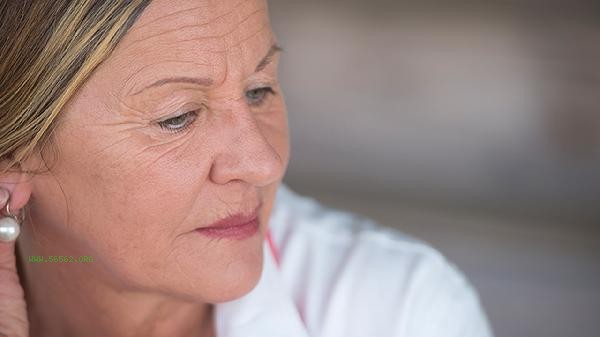Menopausal women can usually do yoga, which can help alleviate discomfort symptoms such as hot flashes and insomnia. Yoga practice should adjust the intensity according to individual physical fitness, avoiding difficult movements such as handstands and deep twists. Menopausal women can choose gentle Hatha yoga or Yin yoga to practice yoga, which helps relax nerves and improve sleep quality through abdominal breathing and soothing postures. Tree like, cat cow like, baby like and other movements can enhance the pelvic floor muscles and alleviate urinary frequency and leakage problems. During practice, pay attention to keeping the environment warm and avoid exercising on an empty or full stomach. It is advisable to control the exercise time for 30-40 minutes each time. Menopausal women with obvious osteoporosis should avoid jumping, excessive forward bending, and other postures, and can use chair assisted yoga to reduce the risk of fractures. Patients with combined hypertension or heart disease should avoid prolonged head to heart postures, such as plowing or shoulder inversion. During the onset of acute joint pain, exercise should be paused and resumed under the guidance of a professional coach after the symptoms have improved.

It is recommended that menopausal women practice yoga 3-4 times a week, with aerobic exercises such as brisk walking and swimming for better results. Add warm water and calcium rich foods such as sesame paste and low-fat milk before and after practice. If discomfort such as dizziness and palpitations occurs, exercise should be stopped immediately, and bone density and hormone levels should be tested regularly. If necessary, hormone replacement therapy should be combined under the guidance of a doctor.






Comments (0)
Leave a Comment
No comments yet
Be the first to share your thoughts!